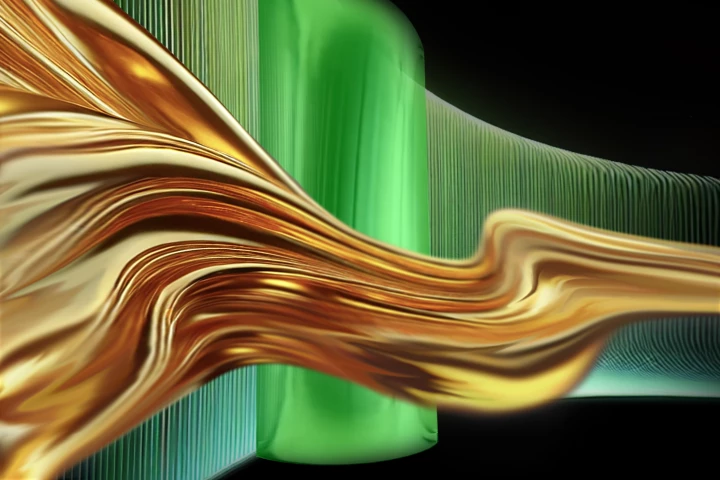superconductor
-
MIT scientists have coaxed atoms into an exotic “edge state” for the first time, allowing them to flow completely friction-free. The breakthrough could lead to better superconductor materials.
-
Want a flying skateboard? Your own personal home fusion reactor? A wearable MRI scanner you can buy online? If a room-temperature, ambient-pressure superconducting material really has been found, that is just the tip of the technological iceberg.
-
A brand new form of silicon might help extend its use into the future. Engineers at North Carolina State University have discovered a material called Q-silicon, with new properties that could have important uses in quantum computers and spintronics.
-
Scientists at the University of Rochester claim to have created a material that acts as a superconductor at room temperature and lower pressures than ever before. If confirmed, this “reddmatter,” as they call it, could mark a major breakthrough.
-
A TU Delft team has demonstrated a one-way superconductor that gives zero resistance in one direction, but blocks current completely in the other. The discovery, long thought impossible, heralds a 400x leap in computing speed and huge energy savings.
-
Superconductivity occurs when electrons in a metal pair up. Scientists in Germany have now discovered that electrons can also group together into families of four, creating a new state of matter and potentially a new type of superconductivity.
-
Graphene just keeps getting weirder. Engineers at ETH Zurich have now managed to tweak the overachieving material so that some parts of a flake can be an electrical insulator while other areas act as a superconductor, just nanometers apart.
-
Dark matter makes up the majority of matter in the universe, but it’s strangely shy about making its presence known. Now physicists have designed a new test to search for signs of two candidate particles, using the quirky world of quantum technology.
-
Some advanced electronic devices only function at extremely cold temperatures. Now engineers at NIST have developed a tiny cryogenic thermometer that uses a new mechanism to keep an eye on these sensitive instruments without taking up much room.
-
Superconductors – materials in which electricity flows without any resistance whatsoever – could be extremely useful. For the first time ever, engineers have created a superconductor out of a state of matter called a Bose-Einstein condensate (BEC).
-
Superconductivity has come to play a powerful role in many modern day technologies, and scientists are now claiming a big breakthrough in this area, creating what they say is the first material capable of superconductivity at room temperature.
-
“Strange metals” exhibit some unusual conductive properties and surprisingly, even have things in common with black holes. Now, a new study has characterized them in more detail, and found that strange metals constitute a new state of matter.
Load More










